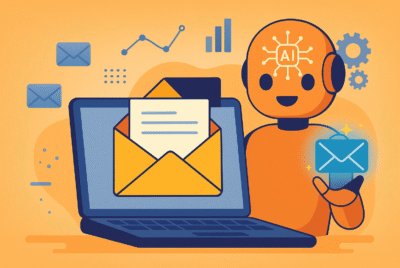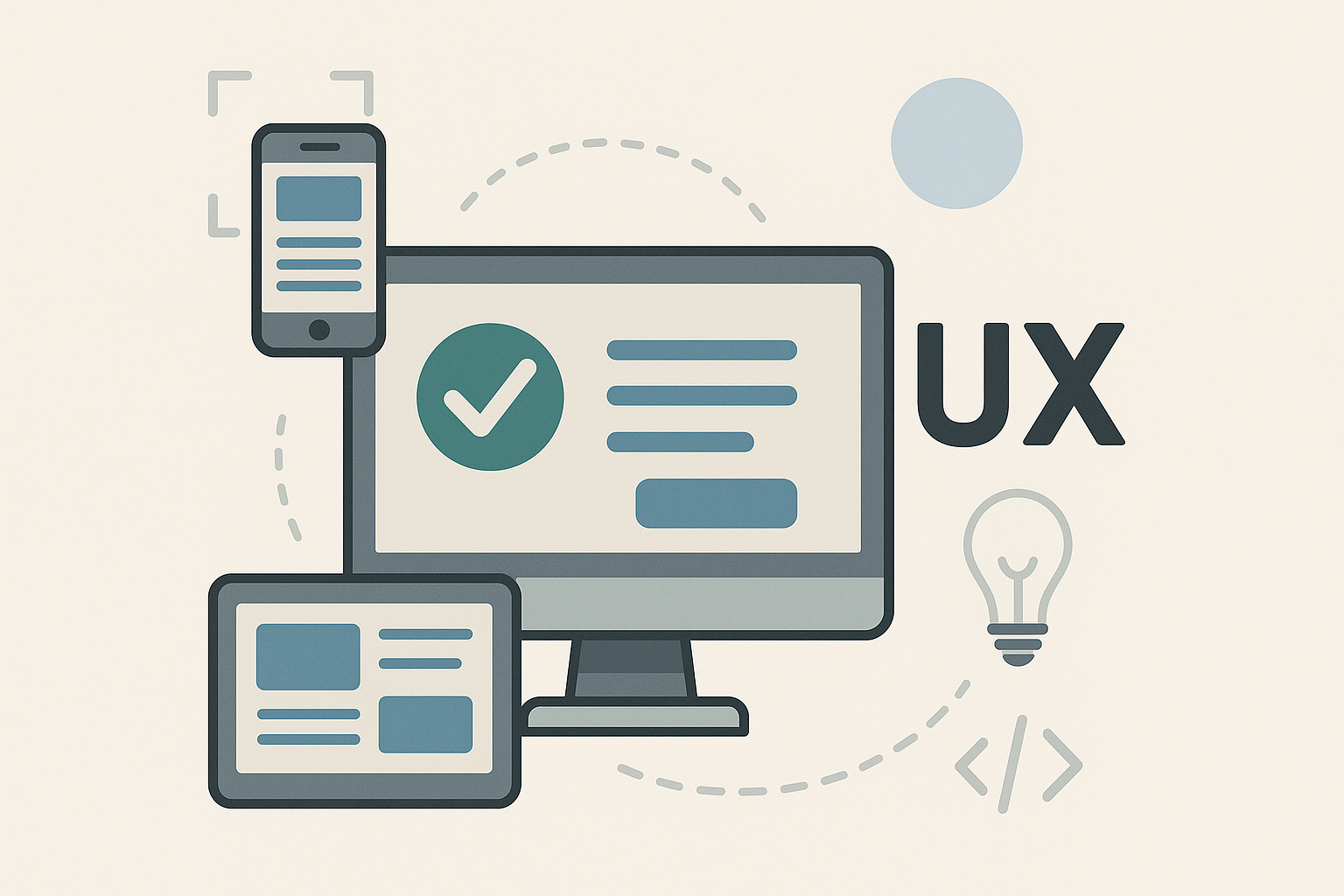These are the sources that whisper the answers to ChatGPT in the B2B and B2C sectors
In the B2B sector, ChatGPT primarily draws on information hosted on specialized media, while in the B2C sector, corporate blogs carry more weight.

The use of AI tools like ChatGPT has become so extraordinarily popular that large language models (LLMs) are increasingly assuming the role once played by traditional search models. However, surrounding these ubiquitous AI-powered searches also raise questions such as the exact origin of the sources that ChatGPT and similar tools draw upon to provide answers to user queries. A recent study conducted in Germany by Blinq sheds light precisely on this issue.
In its report, Blinq examined nearly 300 responses provided by ChatGPT, OpenAI’s AI chatbot, related to consumer products and topics, and analyzed the sources of these responses in two different contexts: the B2C and B2B sectors. The truth is that the information sources ChatGPT uses are radically different in each of these two areas.
In the B2B sector, specialized media outlets are particularly relevant to ChatGPT, constituting 45% of the information sources used by the popular chatbot, while in the B2C sector, corporate blogs are the predominant source (65%).
It’s also worth noting that 33% of ChatGPT’s responses that rely on corporate blogs as an information source in the B2B sector are based on list-formatted text (a fact that companies should take note of when structuring their online content).
Landing page content only appears in 7% of responses, while review websites account for 14%, twice as many as Wikipedia. It’s also noteworthy that only 5.4% of ChatGPT’s responses in the B2B sector are based on articles published in specialized press.
In the B2B sector, ChatGPT primarily draws on information hosted on specialized media outlets, while in the B2C sector, corporate blogs carry more weight.
Focusing on the B2C sector, specialized media outlets (45%) are the most widely used source for ChatGPT to answer user queries, followed at a considerable distance by general-interest media outlets (14%). In 50% of cases, the media content that ChatGPT uses in its B2C responses takes the form of a list.
In the B2C sector, landing pages (11.4%) and Wikipedia entries (11.4%) are, after media outlets (both specialized and general-interest), the most frequently used sources for ChatGPT’s responses. While corporate blogs are the primary source of information for ChatGPT in the B2B sector, in the B2C sector, such blogs represent just over 9% of the information sources consulted by the renowned AI chatbot. And review websites, meanwhile, account for 5.3% of ChatGPT responses in the B2C sector.
Blinq’s research reveals that in the B2B sector, most of the lists on which ChatGPT responses are based are produced by the companies themselves, while in the B2C sector, the lists are almost exclusively compiled by media outlets.
In light of the results presented in the Blinq report, B2B companies should focus on their own corporate blogs to try to influence the responses provided by ChatGPT. And in the B2C sector, companies should try to establish a presence in the content (particularly rankings and reviews) published by media outlets.
Source: www.marketingdirecto.com





